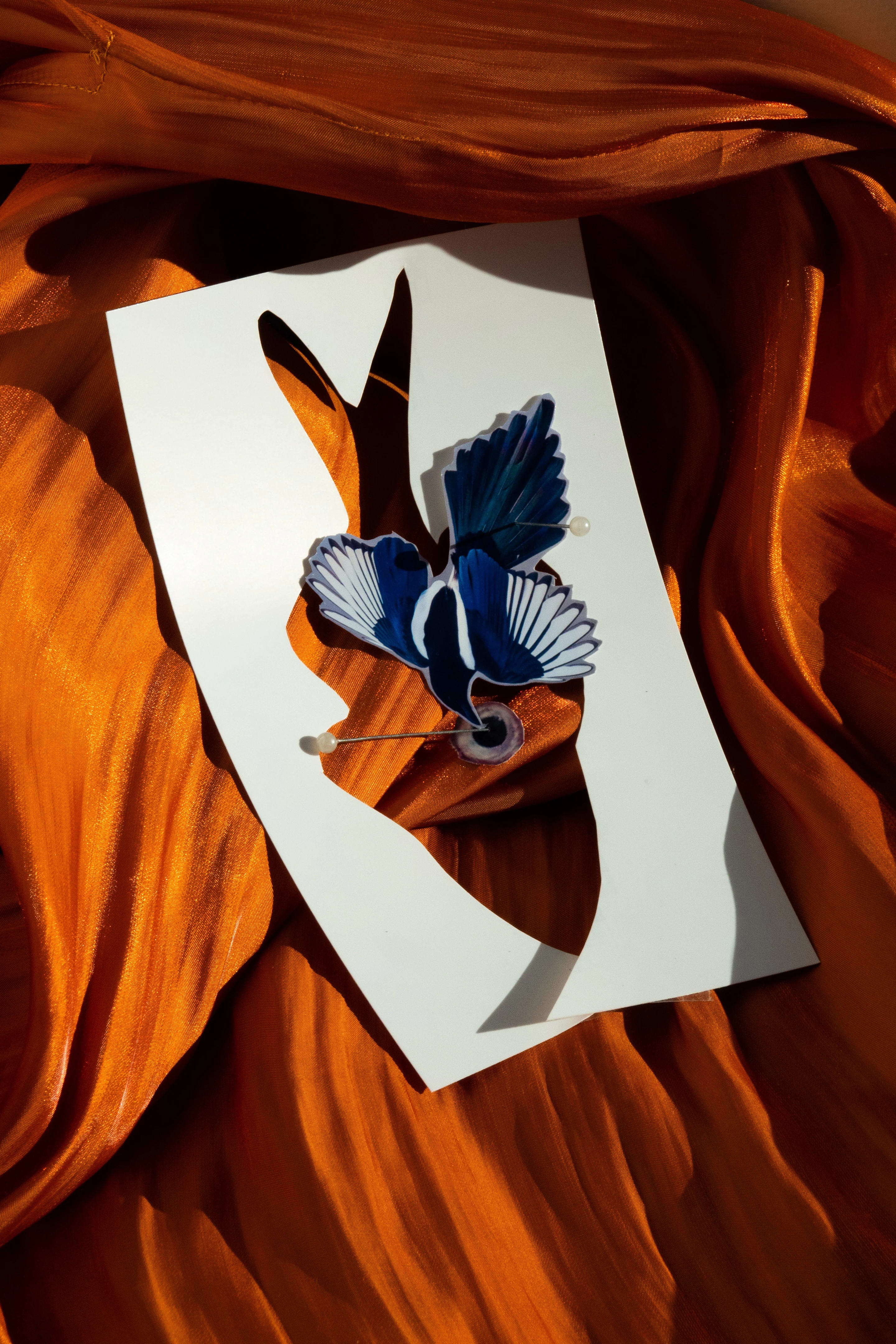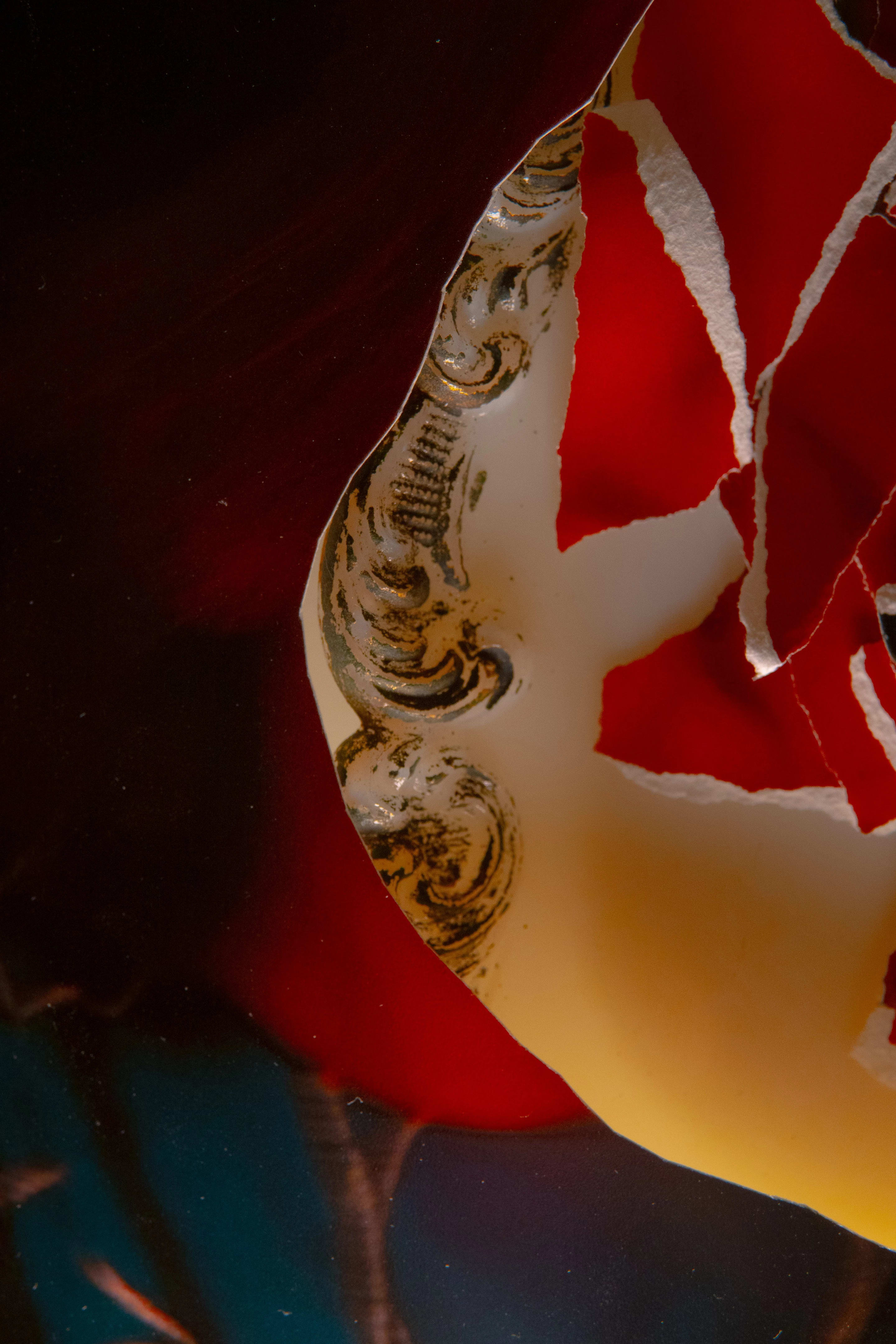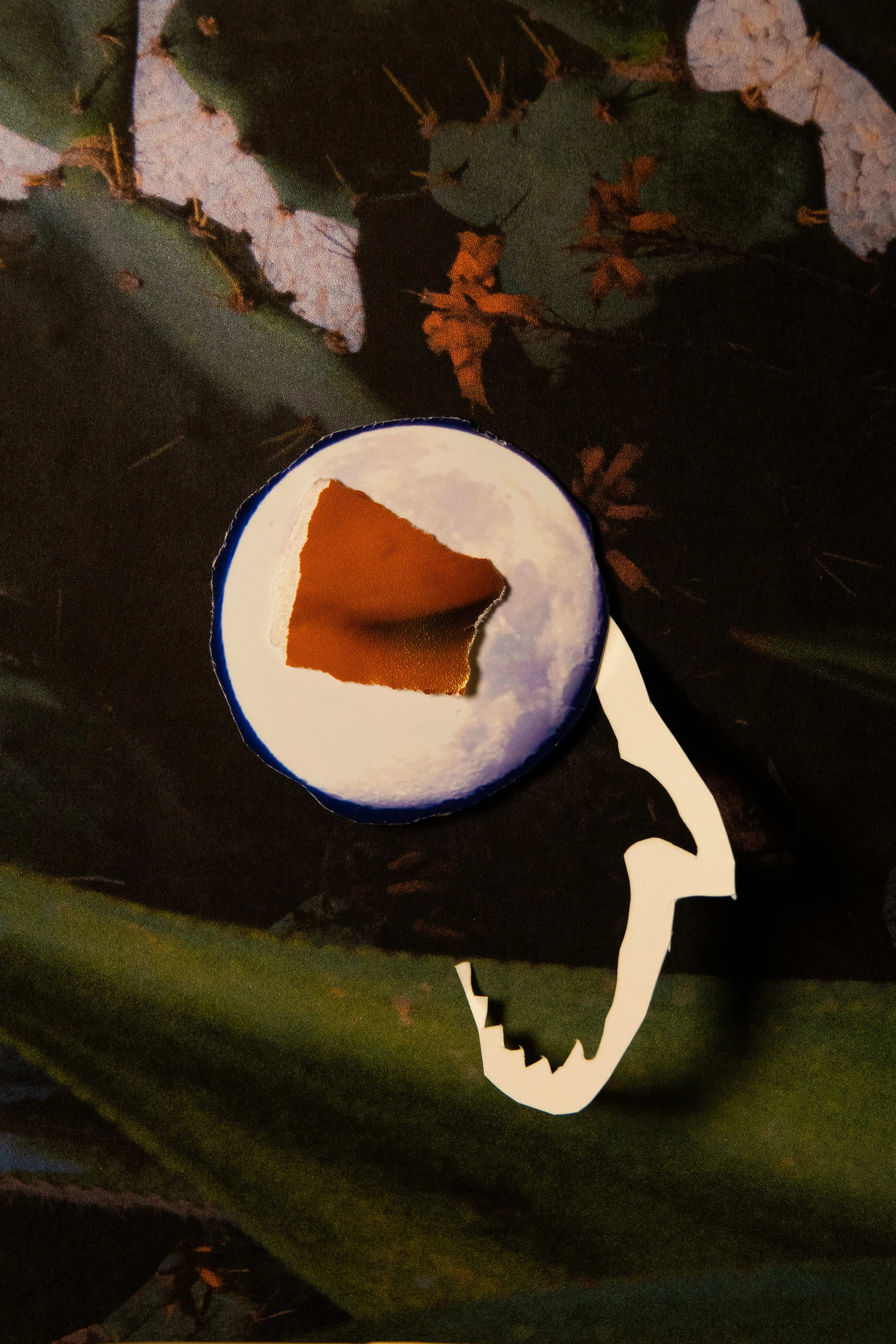BFA Photography and Video's “Mentors” exhibition is on view starting March 14.

BFA Photography and Video student Qingyuan Han’s She Walks by Water #2, 2022-2023, Pigmented inkjet print, 31½ x 20¾ inches. On view at “Mentors.”
The Guggenheim, MoMA, International Center for Photography, Yale, Condé Nast. These are just a handful of the prestigious corners from which mentors are pulled by SVA’s BFA Photography and Video department to guide select fourth-year students in creating work for their final exhibition, “Mentors,” on view this month for a limited time.
Now more than 30 years running, the “Mentors” program offers these seniors the unique opportunity to peek into the professional art world through the perspective of curators, editors, working artists, educators and others. As communication shifted to a predominantly virtual setting at the onset of the pandemic, the “Mentors” program expanded beyond New York City to include leadership from all over the country and the world. For some mentor-mentee pairs, this meant collaborating exclusively virtually and thus getting a little more resourceful. One example is student Qingyuan Han and her mentor Clare Grafik, Head of Exhibitions at The Photographers’ Gallery in London. Below, they share a glimpse into their partnership.
Since the pandemic began, there has been an opportunity for BFA Photography and Video to open up the ”Mentors” program to a broader group of industry professionals, including internationally. During your mentorship, you were based in two different cities, New York and London. How did the experience of collaborating exclusively in a virtual space push you to be a little more creative or resourceful?
Clare Grafik: I was very aware of the challenges many students and teachers have faced trying to work creatively through the pandemic. One of the positive things to come out of this extraordinary period for organizations such as The Photographers’ Gallery in London was to rethink how curators, educators and artists, for example, can communicate, collaborate and support each other in more creative ways that don’t require geographical proximity. So being asked to get involved with the mentorship program at SVA and with Qingyuan was a positive opportunity to put some of those learnings to good use.
Qingyuan Han: I was excited when I received the email that my mentor would be Clare. It’s a valuable opportunity to collaborate and produce new ideas with a mentor from a different city, and it’s a wonderful and challenging experience. Communicating through Zoom and email helped me to think more carefully and plan thoroughly before the meetings. We would decide the topics that we would talk about and prepare content that may be useful.
What qualities in each of your practices made you a successful mentor-mentee pair?
Clare Grafik: As a curator, I have a particular interest in the intersection of photography with other media, be it sculpture, collage or performance, so Qingyuan’s practice—which involved some, if not all, of the above—was, I hope, a good match to things I had been interested in and thinking about for a long time.
Qingyuan Han: I regard my photography as a bridge for the viewer and photographer to connect and understand each other. Clare was open to possibility and has the incredible ability to capture ideas from the surrealist form within my work.

BFA Photography and Video student Qingyuan Han’s She Walks by Water #1, 2022-2023, Pigmented inkjet print, 31½ x 20¾ inches. On view at “Mentors.”
What is the most important thing you learned from each other throughout your collaboration?
Clare Grafik: Qingyuan is a very thoughtful and honest practitioner, and this was reflected in our discussions about her work and the directions she could take in her practice. I was very impressed with how open she remained about other ideas and points of view.
Qingyuan Han: Working with Clare has been a pleasure. She gave valuable suggestions on my work and offered viewpoints. It encouraged me to rethink my art practice with the series I’m working on. She helped me better understand how to analyze and communicate as a professional curator.
What do you think the “Mentors” program can teach burgeoning artists about working professionally?
Clare Grafik: A mentoring program can offer a different point of view, one-to-one attention, and a nonjudgmental space to talk about your work, but also an opportunity to gain advice from individuals working within the field beyond the educational sphere.
Qingyuan Han: From my perspective, the program offers a rare opportunity for us as mentees to make that first contact with the inner workings of the professional world. To obtain the sensitivity of creating new work, we must constantly receive criticism from others. In school, we can receive peer reviews and criticism from professors, but we need to set the alarm in our heads that one day we must work and face the “real” art world.
How did the mentorship experience ultimately impact the final work in the exhibition?
Qingyuan Han: Communicating with Clare helped me to foresee what I would present in the final work. It is usually hard for me to decide which work and how many works I want to put in a show as the photographer. With her professional curator perspective, Clare guided me over any questions I had and offered me meaningful suggestions rather than only guidelines. We visualized the final work together during the second meeting and collaboratively made the final result come true.
Curated by department chair Joseph Maida, “Mentors” is on view from Tuesday, March 14, through Monday, March 27, at the SVA Chelsea Gallery. “Mentors” is part of SVA Shows, a culmination of end-of-year and thesis projects by students that includes film screenings, talks, exhibitions and more. For more photos and information on “Mentors,” click here.

BFA Photography and Video student Qingyuan Han’s She Walks by Water #3, 2022-2023, Pigmented inkjet print, 31½ x 20¾ inches. On view at “Mentors.”

